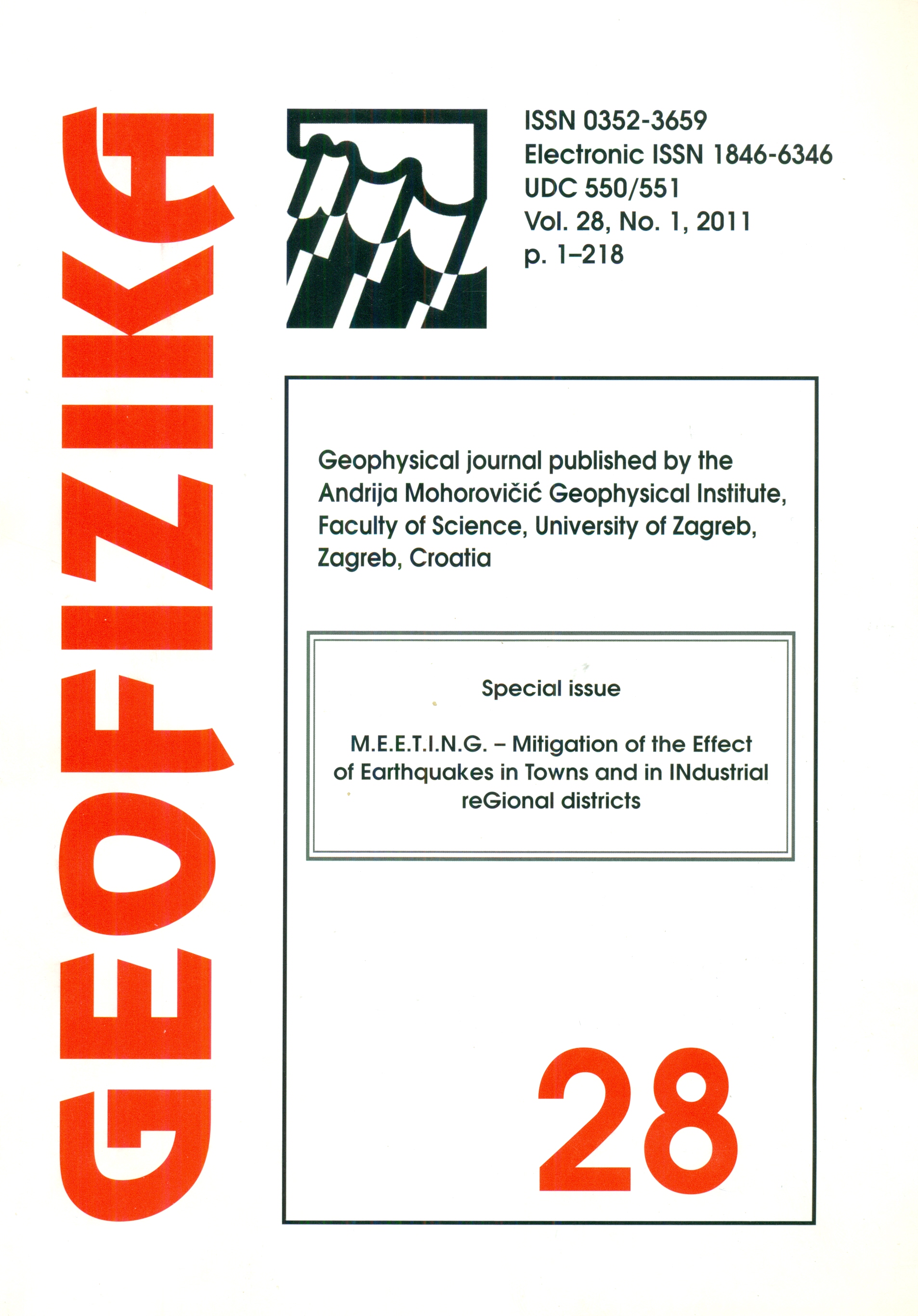Seismic microzonation: A review of principles and practice
Keywords:
seismic hazard, seismic microzonation, landslide, liquefaction, land use managementAbstract
The first part of this paper is an overview of various methodologies for seismic-geotechnical hazard zonation that conform to the recommendations of International Society for Soil Mechanics and Geotechnical Engineering (ISSMGE, 1999). The purpose of this review is to illustrate the variety of methodologies currently in use for preparation of seismic hazard maps and to evaluate basic principles of zonation for different purposes and at different scales. In the second part of the paper, input data for seismic microzonation are discussed. Promulgated seismic regulations are a prerequisite for delineation of seismic hazard zones. Guidelines and recommendations for seismic microzonation should be incorporated into seismic regulations. There are two principal approaches to earthquake loss mitigation; one relates to land use management, and the other deals with the design and construction of individual buildings. Both approaches must be considered as components of urban planning and building design, and the application and use of these approaches should be required and enforced by municipal authorities.
Downloads
Published
Issue
Section
License
Copyright (c) 2021 Geofizika journal

This work is licensed under a Creative Commons Attribution-NonCommercial 4.0 International License.

